Emilia Păunescu is a multidisciplinary artist whose artworks take the form of immersive installations, combining image, sound, performance and new technologies. Her works are often the result of fruitful research and collaborations with experts from different fields such as neuroscience and psychology. Emilia is the founder of the NOVA festival and curator of the event, an avowed “experimentalist” and a personality full of candor. She draws her creative energy from closeness to others, from heated discussions, exchanges of ideas and inner searching, and from a boundless curiosity to get to the bottom of things.
This year, Emilia presented the interactive work AIO in Bucharest and Timișoara. All in One, made in collaboration with Veruvis Neural Performance Augmentation Research Center, is a participatory installation that creatively illustrates anxiety and how it manifests in the body, translating several relevant neural research data into sound and image. Visitors are invited to choose the level of intensity of experience and take part in the sometimes-disturbing experience conveyed by AIO.
I met Emilia at the SIMULTAN festival, where we discussed her work process, her many collaborations, the NOVA festival and, last but not least, the spectacular AIO.
Emilia, your artistic activity encompasses a multitude of components, from video art to sound, interactivity and performance. Tell us more about your artistic language.
I see my work as a context in which one experiences things that help them get to know themselves better. From this perspective of work-medium, work-process I learn about simplicity and connection. To build a house that’s right for everyone requires looking at the essence of things and that foundation of what connects us to make room for all the dimensions in which we flourish differently.
I’m smiling a bit, as someone recently told me that they see my work as a huge translation job and I think that’s an excellent metaphor. The translator is the world between worlds, right? The meeting point, where things make sense. I love this place and I love the sincerity of its uncertainty. No translation can be exact so bits of mystery always remain from our encounters with everything, that expand our world.
You are also the founder and curator of the NOVA festival, an event dedicated to art and new technologies, now in its 4th edition. What was the catalyst for this initiative? How has NOVA (the organizational work, guest artists and speakers, audience reception) influenced your personal artistic practice in recent years?
NOVA was born out of curiosity for newness. I was working at a theatre in Bucharest whose space was atypical for classical theatre productions. NOVA was my proposal for content that would use the very atypicality of the space as a catalyst for innovative approaches that bring artists and audience together in new ways.
When I started NOVA in 2018 there were few initiatives in Romania that offered a platform to discover and explore the creative potential of new technologies, and even fewer that considered the emotional side behind them. I was never attracted by technology per se, but by how these tools of the present can help us enrich our experience both as artists and as audiences.
Gradually NOVA has evolved from a festival exhibiting work from this world into a laboratory project that happens to culminate into a festival, investigating in collaborative contexts the development of new artistic languages with the help of professionals from neuroscience, psychology and other social sciences.
With NOVA I think I intuitively created the framework I needed to grow. There are over 100 artists, researchers and practitioners from about 15 countries that I have collaborated with in the 4 editions of the festival and all these encounters have opened fabulous universes in me. Certainly, much of my artistic practice is shaped by NOVA.
Your works are often collaborative and draw on expertise from many fields, from music to psychotherapy. How do these collaborations come about?
I really like Ion Mânzat’s perspective in Synergistic Psychology, where he talks about how in a group the whole is greater than the sum of its parts. It’s that undefined space that remains untranslated, that I mentioned at the beginning, that enriches. I am really opening myself up to artists and professionals whom I invite to join me in these processes. I draw a broad territory from which to start and I am more concerned with the authenticity of our encounters in this territory than with their outcome.
During the SIMULTAN festival, the edition on “Oscillations”, you presented the collaborative multimedia installation AIO. All in One, which you exhibited in Bucharest at Mobius Gallery and Galateca Gallery on the occasion of NOVA. It is a spectacular interactive work that combines creative technologies with the field of neuroscience and other social sciences and invites the public to intimate sessions of self-awareness. Tell us about the concept behind AIO.
Perhaps one of the most powerful insights I’ve received in recent years working in collaborative contexts is precisely how we wrap ourselves around others. There’s now a flavorful branch of research in cognition that talks about the extended brain and how we think through our bodies, through the spaces we inhabit, through the people we have around us. In AIO I started from precisely this resonance that is created between us and used it to generate a therapeutic universe, where this “togetherness” helps one to be able to look at difficult emotions differently.
Inspired by the analogy of music and how sound is modulated by passing through resonance and amplification chambers, I imagined this “room” where you meet through sound and image with several dozen other people experiencing anxiety. An unconventional choir that receives and sings your anxiety and thus helps you process it.
I collaborated with the Veruvis Neural Performance Enhancement Research Center, where I got more relevant data about anxiety and how it manifests in the body. The music in the installation was partly created by translating passages from the electroencephalograms of several people experiencing anxiety into musical notes, and the 55 video portraits you encounter on the installation’s screens also translate the personal stories of the 11 performers through mimicry, gestures, movement.
I love the fact that although I started from data and figures, I constructed out of them a very personal and sensorial universe. You basically have people’s bodies in sound, other people’s bodies in image and here you bring yourself, with your bodies (physical, mental, emotional…) and together you form this body with many dimensions.
The anxiety of the contemporary individual is the central motif of AIO, inviting the audience to an extremely intimate and even disturbing experience. The multiple screens of the installation are on stand-by until the viewer activates the work via the tablet provided to select the degree of intensity for the illustrated states. More than a multimedia work, AIO can be described as a participatory artwork. What did you want the audience to be left with?
Indeed, in moments when the space does not render any audio-visual composition related to a visitor’s selection, the bodies in the installation are in this continuous flow of light and exciting sound and are waiting patiently for you to set them in motion. Right from the start you understand that this is an experience in which you are essential and that activates you.
I have aimed for a space that can contain you emotionally and while it opens doors to parts of you that ache, it also opens subtle arms that embrace you. There’s more supportive systems put into the content.
I’ll give you some examples. The size and placement of the screens is designed to make you feel that the people who greet you on the screens are there with you, ready to welcome you, in dialogue. Quadraphonic sound also contributes to the immersion and sense of authenticity here. The overall clean aesthetic of the space and the square shape of the screens protect you from hyperstimulation. There was already “a lot” to share in the installation with others in terms of sound and image, so I looked for ways to balance it. Even structuring the video portraits and musical compositions into 5 levels of intensity of felt anxiety is also a way to make the space digestible. Louder/slower, more/less is something we all intuitively understand and the very fact that there is structure to what often feels like chaos on the inside is reassuring. But also, within that same degree of intensity I have intentionally introduced 1-2 performers that are obviously of a different degree, on the one hand to give you breathing points when the experience of the installation is very intense, and on the other hand to show you that it’s ok if that degree of intensity looks totally different to you.
Then we made sure that what we put in sound and image was as real as possible. Hence the conversion of EEG data to sound and the use of personal confessions of the performers. The honesty of the space feels strong and that helps you feel safe to open up too.
Beyond all that, what makes AIO great is precisely that it shows you that you’re not alone in the darkness, that there’s room for whatever you bring.
What reviews have you received from visitors? How did they react after going through the AIO experience? Given the theme of oscillations proposed by SIMULTAN this year, the work fits perfectly into the theme of this edition, with its oscillations between states and sounds, the oscillations of the spectator between the figures on the screens. Did you notice any differences between the audience reception in Timișoara and Bucharest? What was your experience of the festival like?
Most of the time, people are taken by surprise by how real the work is and how strongly their body reacts there. And it happened to us many times during the editing that we actually had to stop for a while to let feelings settle in. It’s incredible to me that even though I’ve done a huge amount of work on AIO and stayed on location where it’s been exhibited quite a bit, I still get lost in the material, and if you ask me what’s going on where I often don’t know without looking over the structure notes. There’s a spell there given by the sincerity of the space that helps one connect easily.
I get very personal feedback every time. Whether people cried loudly in the installation, received hope or strength, walked out after less than a minute because they “can’t handle it” or curiously explored all the choruses in the work multiple times, people talked to me about how they felt, who they resonated with, who they were reminded of, how they are or aren’t in relation to how the performers manifested.
In Timișoara I found the same mix of curiosity, dread and enthusiasm that greeted the work in Bucharest. I was very happy to be invited by SIMULTAN. I couldn’t have imagined a more appropriate setting to present AIO.
For AIO, you collaborated with various experts from several areas, such as photographer Florin Constantin for the image and sound designer Bogdan Moroșan, specialists from the Veruvis Neural Performance Augmentation Research Centre and the expressive actors who animate the screens of the installation. What was the process like working with such a diverse team and how long did it all take? How does the exchange of ideas and concepts take place in such a complex cooperative process? How much did the input of others influence your initial concept?
For AIO it was interesting that in choosing to include my own materials in the installation, I didn’t know from the beginning what content elements the people involved would provide me with from which to weave a cohesive experience. And this was challenging twice over –the way I tie these elements together would preserve the authenticity of the individual discourses.
We took it one step at a time and sustained one process by another until they built on each other. The sonification of the EEG data brought the need to create a second layer in the musical composition, as only the data turned into sound would have been spatially disruptive and in opposition to the intent of the supporting installation. I shot individual video portraits guiding the performers in their personal processes of translating their experiences with anxiety through their bodies, and directed the editing when I found a common rhythm between the movements, mimicry and gestures of the performers. From this a kind of unknowing choreography of their bodies was born for me and I brought even more fluidity to the whole by punctuating the image graphically in places. I returned to sound and built bridges between the movements of the performers and the movement of sound in space. We now had the framework so we went back to the interactive part of the work. The process took about half a year, but we worked really hard to make it happen.
The All in One project certainly proved to be rewarding on many levels: creative, collaborative-professional and personal. Will you continue this approach of exploring the intimate states and psychological processes that coagulate on a collective level? If anxiety is the central, unifying and transformative focus of AIO, are there other feelings, affects or experiences you wish to explore in the future?
I am totally captivated by my next project, SENSE, an intermedia theatre performance where performers and audience interact with a constantly transforming environment, automatically modulated by themselves through their emotional states. At the heart of their experience is a text, which once fully revealed, brings meaning to this play. However, to reveal it, participants need to synchronize several times in a coherent emotional state.
The creative process also includes neural training by artists at Veruvis, a research residency in March at the Luxembourg Institute of Health with the guidance of the head of the neuropathology center, Michel Mittelbronn, and a series of interesting explorations with several specialists about extended cognition and the ways in which language influences our thinking.
Can’t wait to get started!
* This journalistic material was produced with the support of an Energie! Creative Grant awarded by the Municipality of Timișoara, through the Center for Projects, within the Power Station component of the National Cultural Programme “Timișoara – European Capital of Culture in the year 2023”.
The material does not necessarily represent the position of the Center for Projects and the latter is not responsible for its content or how it may be used.
POSTED BY
Marina Oprea
Marina Oprea (b.1989) lives and works in Bucharest and is the current editor of the online edition of Revista ARTA. She graduated The National University of Fine Arts in Bucharest, with a background i...
marinaoprea.com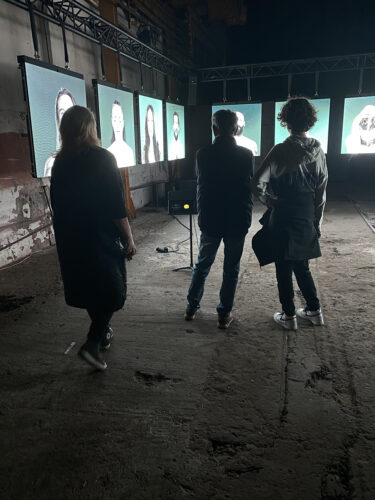

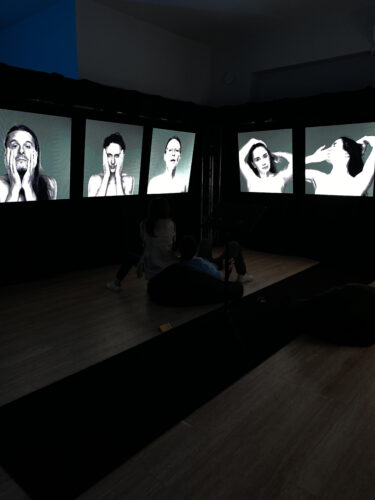
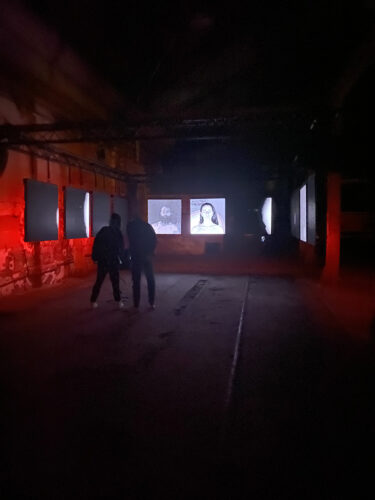
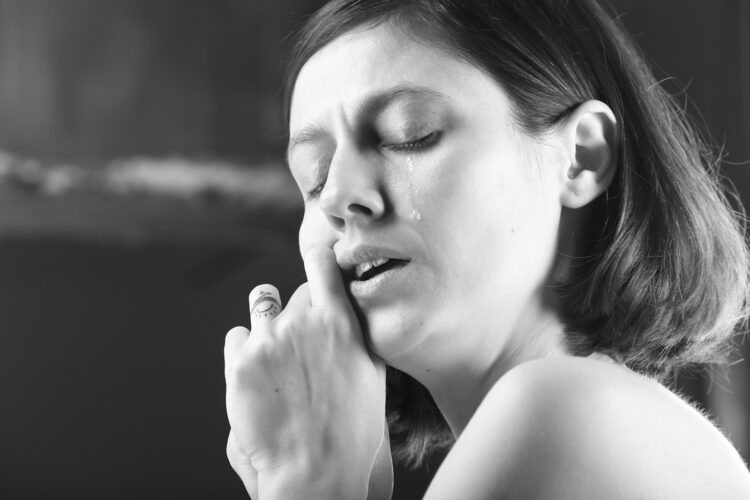

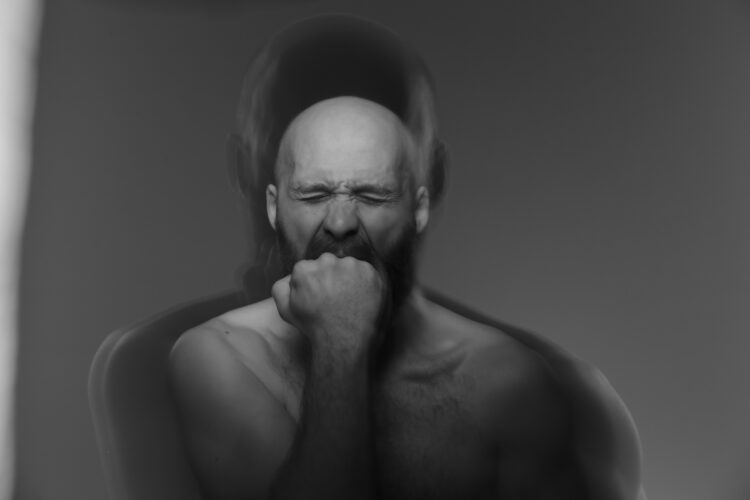
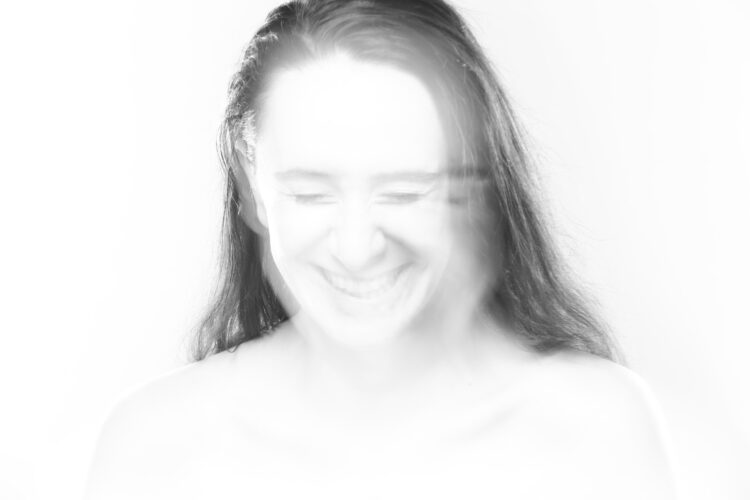
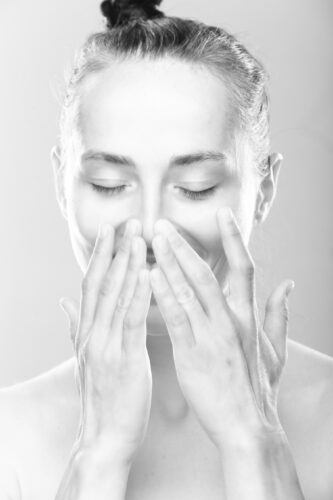
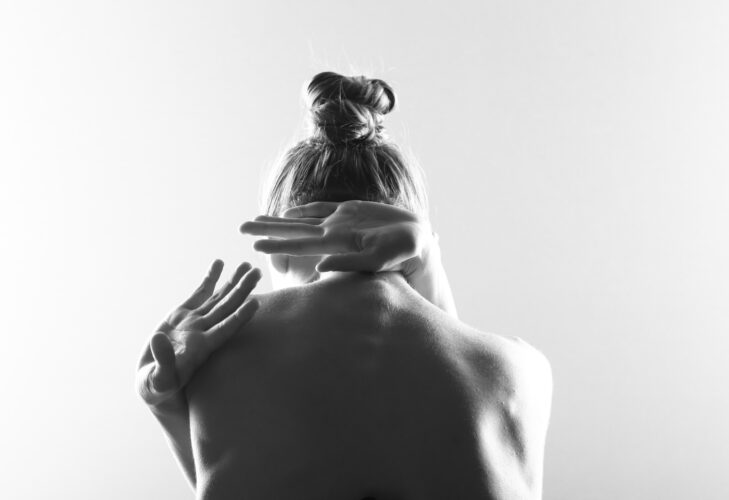
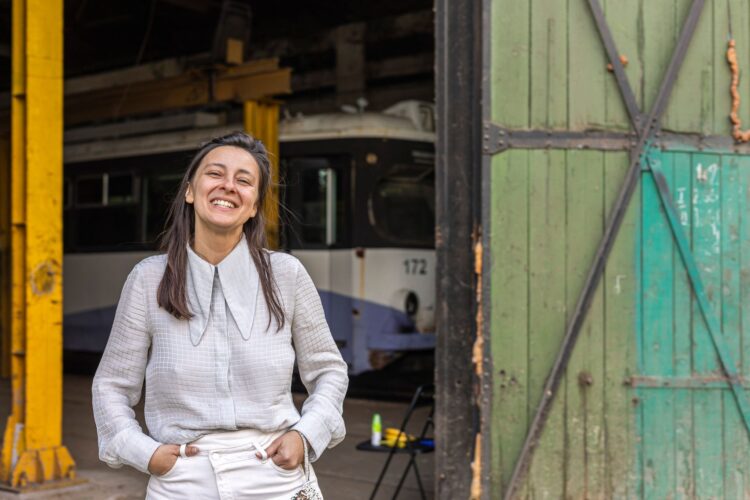
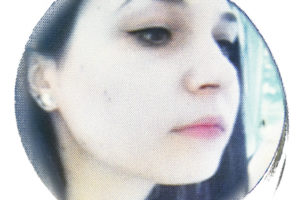
Comments are closed here.